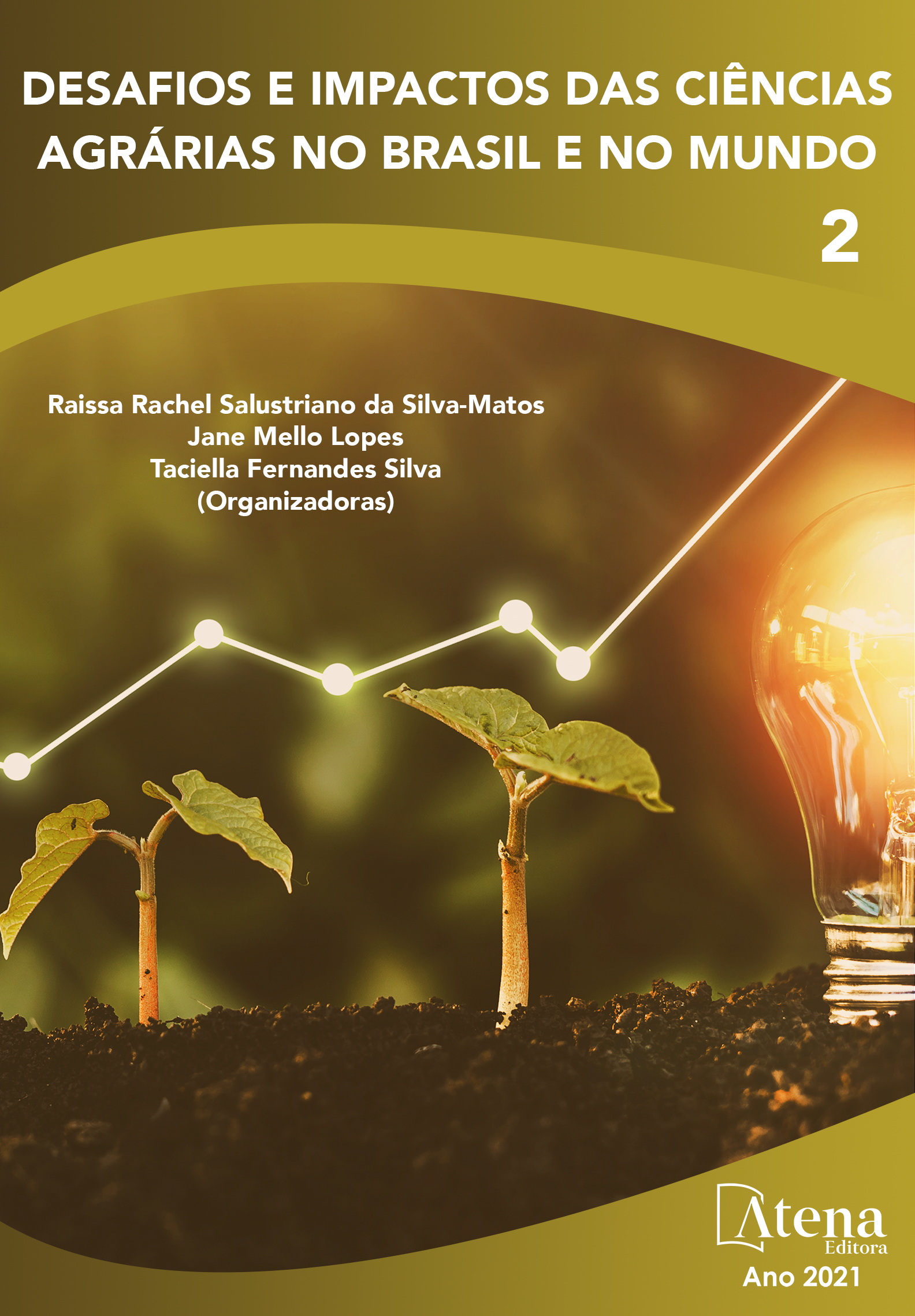
AVALIAÇÃO DE INCIDÊNCIA E SEVERIDADE DE DOENÇAS NA CULTURA DO TRIGO UTILIZANDO FUNGICIDAS QUÍMICOS, BIOLÓGICOS E ORGÂNICOS
A cultura do trigo possui grande importância econômica principalmente nas regiões sul do Brasil, o cultivo é feito através do plantio direto para pastejo ou para produção de grãos. O presente trabalho teve como objetivo avaliar o a incidência e severidade de doenças aplicando diferentes tipos de fungicidas. O experimento foi conduzido na cidade de Passo Fundo campus faculdade IDEAU em casa de vegetação, onde, os tratamentos foram T1 como testemunha, T2 com fungicida biológico, T3 com fungicida químico e T4 com fungicida orgânico. Foram avaliados a diversidade de doenças e fungos que se manifestaram e o nível que dano que causaram na cultura. Verificou-se que tanto T4 quanto T3, foram muito eficientes em evitar que as doenças atingissem áreas maiores na folha, com a severidade se mantendo na casa dos 2% desde que a doença surgiu. Por outro lado, podemos perceber que, o T2 não obteve êxito em segurar a propagação, ficando empatado com a testemunha.
AVALIAÇÃO DE INCIDÊNCIA E SEVERIDADE DE DOENÇAS NA CULTURA DO TRIGO UTILIZANDO FUNGICIDAS QUÍMICOS, BIOLÓGICOS E ORGÂNICOS
-
DOI: 10.22533/at.ed.5792102069
-
Palavras-chave: Triticum spp., doenças, fungicidas.
-
Keywords: Triticumspp, disease, fungicides.
-
Abstract:
Wheat cultivation is of great economic importance mainly in the southern regions of Brazil, cultivation is done through direct planting for grazing or for grain production. The present study aimed to evaluate the incidence and severity of diseases by applying different types of fungicides. The experiment was conducted in the city of Passo Fundo campus IDEAU college in a greenhouse, where the treatments were T1 as a control, T2 with biological fungicide, T3 with chemical fungicide and T4 with organic fungicide. The diversity of diseases and fungi that manifested and the level of damage they caused to the crop were evaluated.
We can see that both T4 and T3 were very efficient in preventing Oidium from reaching larger areas on the leaf, with the severity remaining at around 2% since the disease appeared. On the other hand, we can see that T2 was not successful in holding the spread, being tied with the witness. -
Número de páginas: 21
- Bruno Luizetto Tondo
- Gabriel Zanotto
- Wesley Dos Santos Oliveira
- Andrei Luiz Strasser


